Navigating Regulatory Compliance in the Digital Age
A Guide for Mortgage Lenders
Regulations and compliance have always been an integral part of the mortgage industry, with strict guidelines in place designed to protect borrowers, lenders, and the broader financial system. But with the increasing digitization of the mortgage process, navigating regulatory compliance has become a significant challenge for lenders. Let’s explore the challenges and opportunities that come with regulatory compliance in a digitized mortgage landscape. From new technologies and automation to enhanced risk management and streamlined processes, we’ll examine ways to stay ahead of the curve and maintain compliance in the digital age.
The Current Regulatory Environment in the Mortgage Industry
Before delving into how regulatory compliance is affected by digitization, we must first understand the current regulatory landscape in the mortgage industry. Lenders are subject to various federal and state regulations, including the Truth in Lending Act (TILA), Real Estate Settlement Procedures Act (RESPA), and the Dodd-Frank Act just to name a few. These regulations require lenders to disclose information about the loan terms and fees, provide borrowers with clear and concise information about the mortgage process, and ensure fair lending practices, among other requirements.
According to a Q1 2023 survey conducted by Wolters Kluwer, compliance remains a pressing concern for mortgage executives. The survey revealed that 85% of respondents either feel unsure about their compliance status or believe they are not compliant this year. It’s clear that lenders recognize the need for updated tools and processes to tackle multiple regulatory concerns. Without the adoption of technology, managing the volume and complexity of new regulations, as well as keeping up with changes to existing rules, will be unsustainable. Stay ahead of compliance challenges by embracing technology solutions.
The Impact of Digitization on Regulatory Compliance
The digitization of the mortgage industry has introduced new compliance challenges, such as cybersecurity threats and data privacy concerns. Additionally, the automation of manual processes presents new risks related to data accuracy and reliability. However, digitization also presents several opportunities for lenders to enhance their compliance practices. The use of analytics and machine learning can help lenders identify compliance risks and take proactive steps to address them.
In Q3 2003, Fannie Mae surveyed senior mortgage executives and found that their opinions on technology had largely remained consistent since their 2018 study. However, one significant shift was seen in the recognition of the need for technology to improve operational efficiency, with 73% of executives stating this in 2023 compared to 42% in 2018. The survey also identified compliance, underwriting, and property valuation as the top recommended AI application ideas. This highlights the importance of digitization in reducing manual errors and improving data accuracy, crucial for compliance with regulations and achieving operational improvements. Embracing technology solutions is key to staying competitive in the industry.
Tools and Strategies for Maintaining Regulatory Compliance
Mortgage lenders can leverage several tools and strategies to maintain regulatory compliance in a digitized mortgage landscape. Data privacy laws, such as the General Data Protection Regulation (GDPR), require lenders to implement robust data privacy policies and procedures. Cybersecurity measures, such as two-factor authentication and encryption, can help protect sensitive borrower information from cyber threats. Additionally, automation can reduce the risk of manual errors and improve compliance with regulatory requirements. Find compliance software companies on Mortgage Advisor Tools.
Summing it Up
Regulatory compliance is at the heart of the mortgage industry, and navigating compliance requirements in the digital age is essential to maintaining trust with borrowers and ensuring a robust financial system. As regulatory requirements continue to evolve, mortgage lenders must remain nimble and adaptable, leveraging the latest technologies, and best practices to ensure compliance. By embracing digitization and automating manual processes, lenders can reduce the risk of errors and improve efficiency, all while maintaining strict compliance with federal and state regulations. Remember, compliance is not just a checkbox exercise; it is a critical component of the mortgage lending process, and staying ahead of the curve in the digital age is key to success.




